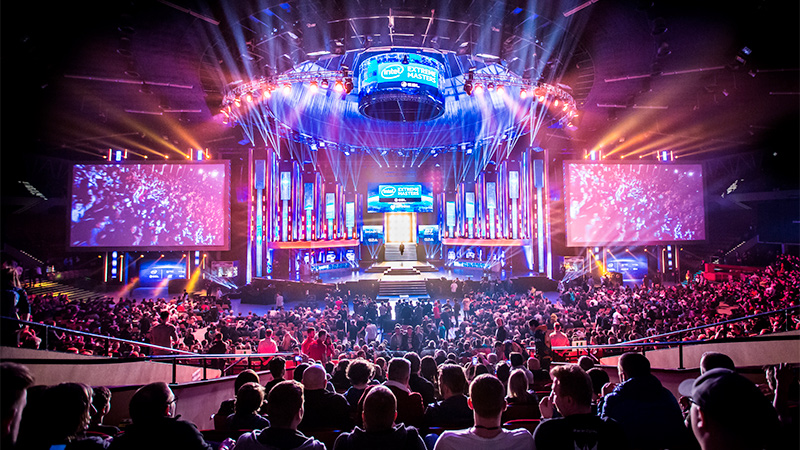After livestreaming both ESL One New York and the Intel Extreme Masters (IEM) Oakland tournaments last year in 360-degree virtual reality, Sliver.tv is ready to take things to the next level and continue its mission of transforming “the eSports spectator landscape forever.” The VR platform is partnered with ESL to broadcast the Intel Extreme Masters Katowice, which features one of the largest Counter-Strike tournaments in the world, from a virtual stadium. Audiences will be able to watch and interact with the event, which will be held in Katowice, Poland, on February 25-26 and March 3-5, like never before.

“At Sliver.tv we’ve been on a mission to transform the interactive eSports entertainment industry,” Sliver.tv CEO, Mitch Liu, told [a]listdaily, “recognizing that the player’s point-of-view is not necessarily the best spectator perspective, and on existing streaming platforms, you don’t feel the energy and excitement as when you’re in the physical stadium with 10,000 fans. Our virtual eSports stadium in a 360 VR experience is our first attempt at bringing this to millions of online and VR users.”
Liu describes the virtual stadium as “an immersive 360 VR space where you can see the two teams on stage in front of you with live stats and scores in real-time. An IMAX-style screen with the broadcast feed and dynamic lighting synchronized to the game mood adds to that feeling of presence—of being there.”
He continued by explaining that “online viewers can see their avatars and interact with other live viewers through emoji and view each other’s gamer profile via integration with Valve’s Steam API. Viewers can then jump into the live game by teleporting into the 360 VR stream, putting them in the middle of the action.”
Liu confirmed that, as with the ESL One New York and IEM Oakland livestreams, VR viewers will be able to spectate from within the game itself using computers, mobile devices or premium headsets such as the HTC Vive and Oculus Rift. “The in-game POV is always there and available to users,” said Liu. “The live interactive stadium is a much more social way to watch the livestream.”
However, Liu admits that there will be a difference between the mobile and premium VR experiences. Although mobile users can access the 360 experience, the new virtual stadium will be limited to premium headsets. “The mobile VR app is limited to our in-game 360 video experience, which you can use with the mobile phone and gyroscope, without the need for a VR headset,” he stated. “The VR experience is far more immersive and puts the viewer in the virtual stadium, and inside the game in 360 VR rendered with our virtual camera array technology.”
IEM Katowice will take place at the Spodek Arena, but the initial interface won’t be based on the stadium. Instead, it will be using a default model for its debut. Liu confirmed that “in the future, we’ll be building models based on the actual stadiums.”
As the virtual stadiums continue to grow and develop, they will eventually include the sponsored branding and banners that audiences would normally see in the real-life stadium . . . and perhaps more. “That’s part of our future plans,” said Liu. “There are a lot of branding and sponsorship opportunities, given the expanse of a 360 VR space.”

